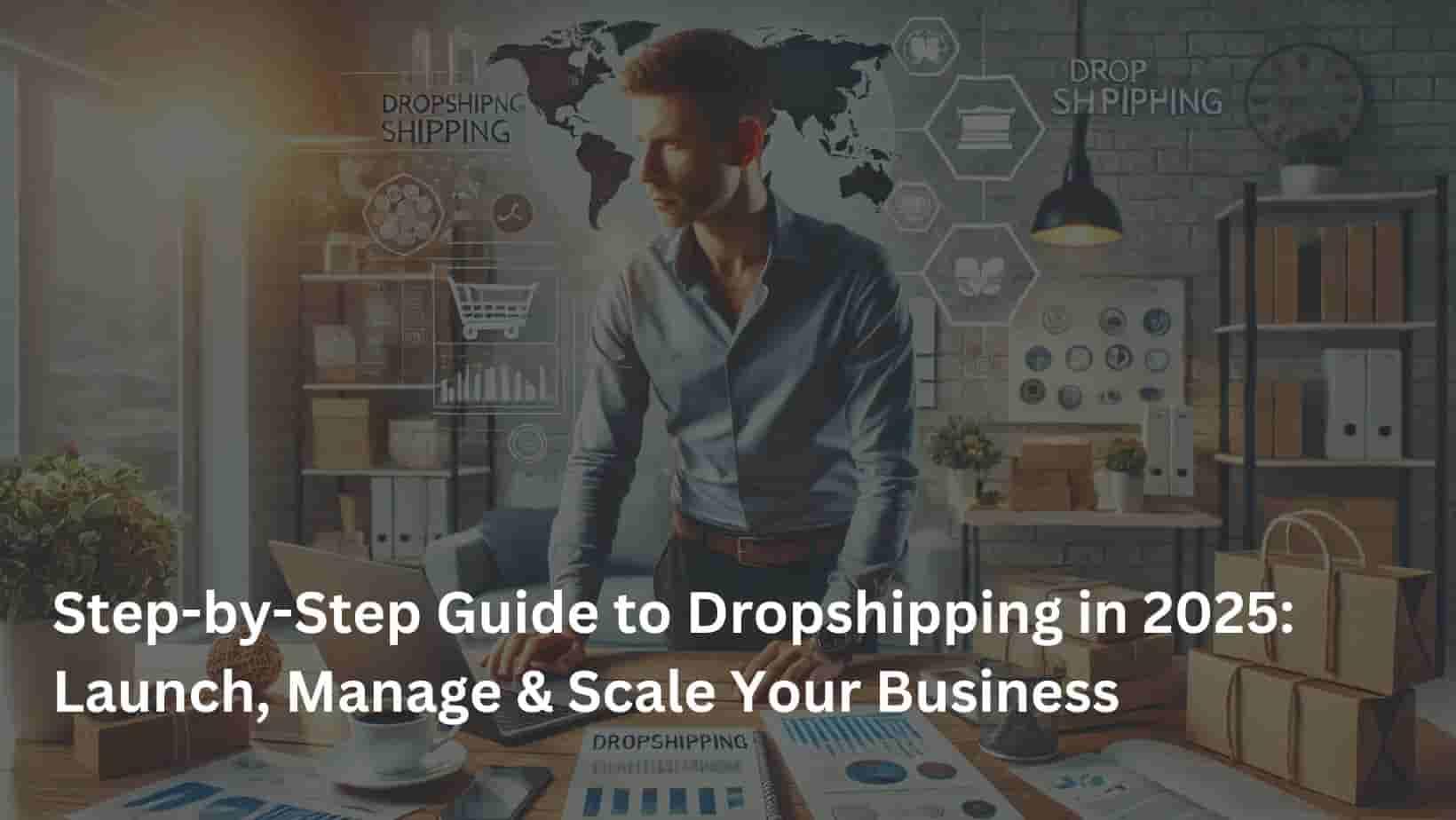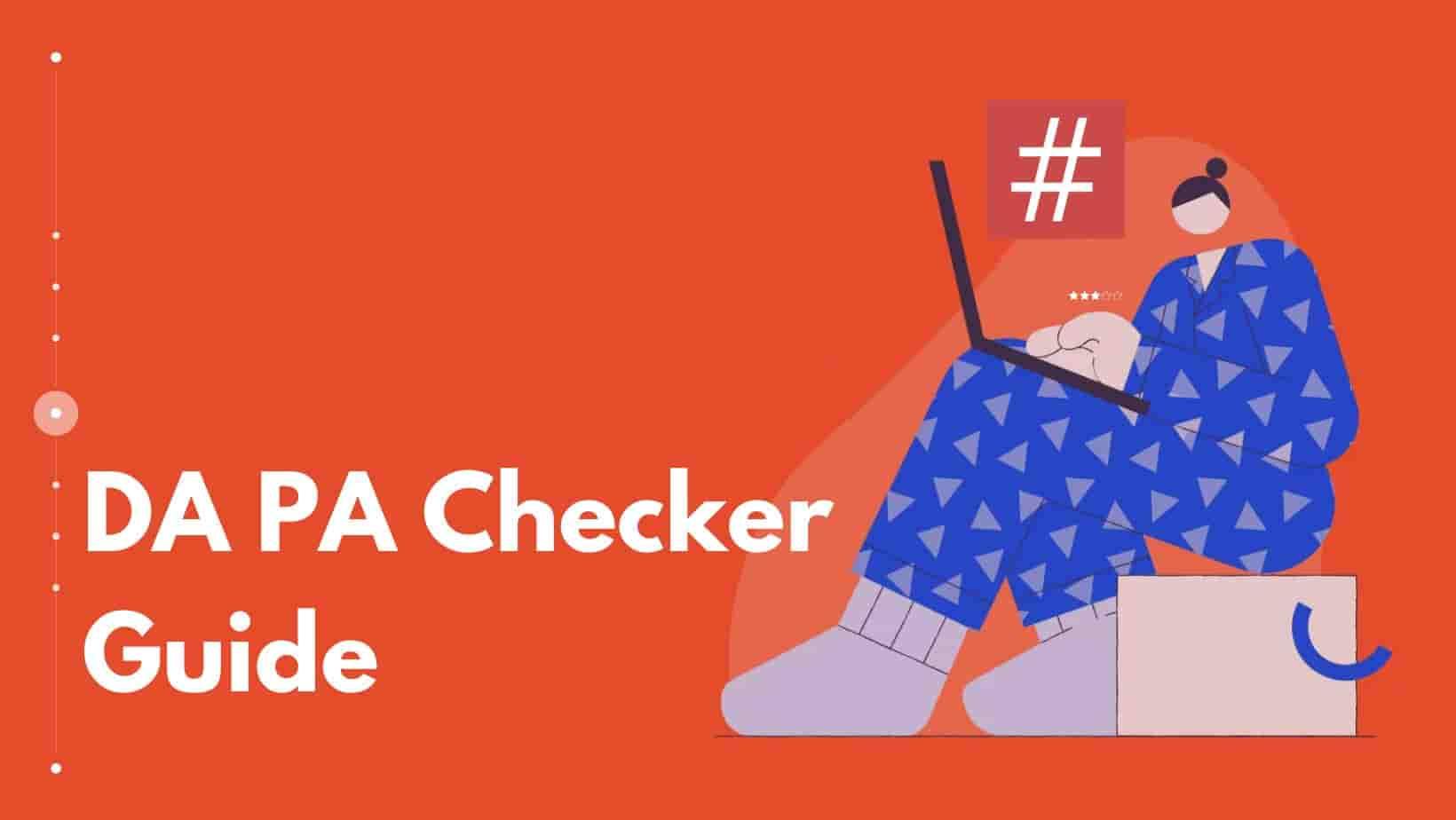Step-by-Step Guide to Dropshipping in 2025: Launch, Manage & Scale Your Business

Starting a dropshipping business in India can be a game-changer. With a growing e-commerce ecosystem, an increasingly tech-savvy population, and a mobile-first economy, there has never been a better time to get started. In this comprehensive guide, we will walk you through every step, from selecting your niche to scaling your business, ensuring that you are equipped with all the knowledge you need to build a profitable dropshipping store in India.
What is Dropshipping and Why is it Perfect for India?
Dropshipping is a retail business model where you sell products to customers without holding any inventory. Instead, when a customer places an order, you purchase the product from a third-party supplier, who ships the item directly to the customer. Essentially, you act as the middleman, handling the sales and marketing while your supplier manages the inventory and shipping logistics.
India presents a unique opportunity for dropshipping due to its rapidly expanding e-commerce market. According to a report, India’s online shopping market is expected to cross $100 billion in 2025, driven by increased internet access, affordable smartphones, and digital payment adoption. This trend makes India an attractive market for dropshipping businesses.
Why Choose Dropshipping Over Traditional E-Commerce?
- Low Startup Costs: You don’t need to invest in inventory or warehousing.
- Minimal Risk: You only purchase products once a customer has ordered them.
- Scalable: As you don't need to manage inventory, scaling is easier.
- Flexibility: You can run your business from anywhere in the world.
Now, let's break down the process into actionable steps.
Step 1: Choose Your Niche Carefully
Choosing the right niche is the foundation of your dropshipping business. The niche you select will determine your target audience, product offerings, and marketing strategy. Here's how to go about it:
1.1 Research Market Demand
India has a diverse market with specific consumer behaviors based on region, culture, and socio-economic status. Conduct thorough research using tools like Google Trends, Keyword Planner, and Amazon India to analyze what products are in demand.
Examples of popular niches in India include:
- Mobile Accessories: With smartphones being ubiquitous in India, mobile accessories like phone cases, chargers, and screen protectors are in high demand.
- Fashion and Apparel: Clothing, especially ethnic wear, and accessories like jewelry, sunglasses, and shoes are continuously popular.
- Home Decor: Modern homes often require stylish decor items, and this sector is growing rapidly.
- Health and Fitness: With the rising awareness of fitness and wellness, products related to fitness gear, health supplements, and organic skincare have high demand.
- Baby Products: Parents are often willing to spend on quality products for their children, making this a lucrative niche.
1.2 Analyze the Competition
Once you've identified a niche, analyze your competitors. Look at their websites, product listings, and customer reviews. Tools like SimilarWeb and SEMrush can help you understand the traffic and keywords your competitors are targeting.
Pick a niche where competition isn’t overly saturated but still has a large enough audience to generate consistent sales.
Step 2: Find Reliable Suppliers
The backbone of your dropshipping business lies in finding reliable suppliers who can deliver products on time and with consistent quality.
2.1 Choosing Between Local and International Suppliers
- International Suppliers: Platforms like AliExpress and Alibaba are commonly used to source products. They have a massive inventory, often at lower prices. However, international shipping can be slow, and customs can be tricky, especially in India, where customs delays are common.
- Indian Suppliers: If you want faster delivery times and fewer customs issues, partnering with local suppliers could be beneficial. Platforms like IndiaMART, TradeIndia, and Export Genius offer connections to wholesalers in India who can fulfill orders.
2.2 Evaluate Supplier Reliability
When selecting suppliers, consider the following criteria:
- Shipping Time: The faster, the better. You want to minimize delivery delays.
- Product Quality: Order samples to ensure quality before listing items on your store.
- Customer Service: Suppliers with responsive customer support are essential.
- Reviews and Ratings: Check customer reviews and supplier ratings on the platform.
2.3 Automation Tools
Using dropshipping tools like Oberlo (for Shopify), Spocket, and Modalyst makes it easier to integrate products into your store and automate the fulfillment process.
Step 3: Build Your Online Store
With your niche and suppliers in place, it’s time to set up your online store. The platform you choose will have a big impact on the ease of operation and your store’s scalability.
3.1 Choose an E-Commerce Platform
For dropshipping in India, the two most popular e-commerce platforms are:
- Shopify: One of the easiest platforms for setting up an online store. Shopify integrates seamlessly with dropshipping apps like Oberlo and Spocket, making product importation and order fulfillment simple. It also offers secure payment gateways like Razorpay and Paytm for Indian businesses.
- WooCommerce: This is a WordPress plugin that allows you to create an online store. WooCommerce is free to use, but you’ll need to pay for hosting and domain. It offers excellent customization but requires more technical knowledge.
3.2 Domain Name and Branding
Your domain name is your store’s identity, so choose something catchy, easy to remember, and relevant to your niche. Consider using GoDaddy or Bluehost to purchase your domain name.
- Branding: Invest time in designing your store’s logo, color scheme, and website layout. A professional design builds trust with your customers. Tools like Canva and Fiverr are great for creating logos and graphics.
3.3 Optimize for Mobile
Since India is a mobile-first market, your store should be fully optimized for mobile devices. Most Shopify and WooCommerce themes are mobile-friendly, but make sure you test your store’s responsiveness.
Also Read : How to Use Digital Marketing to Make Money Online | Proven Strategies
Choose Your Niche Wisely: A Blueprint for Digital Marketing Success
Step 4: Add Products to Your Store
Now that your store is live, you’ll need to add products.
4.1 Product Descriptions and Images
For every product you list, make sure you write detailed descriptions. Include specifications, size charts, and any relevant features. Make the descriptions customer-centric, focusing on the benefits the product provides.
For product images, use high-quality pictures from your supplier. If possible, request unique product photos to differentiate your store from competitors.
4.2 Pricing Strategy
When setting prices, you must balance profitability and competitiveness. Take into account:
- Cost of Goods: How much the supplier charges you.
- Shipping Fees: Especially for international orders, shipping can significantly impact your pricing.
- Profit Margin: Aim for at least a 20-30% profit margin, but do market research to see what price points your customers are willing to pay.
Step 5: Set Up Payment Gateways
To accept payments, you’ll need to integrate a payment gateway into your store. In India, popular payment gateways include:
- Razorpay: Supports all major Indian payment methods including UPI, credit/debit cards, and wallets.
- Paytm: One of India’s largest digital wallets, also offers an easy-to-integrate payment gateway.
- Instamojo: Another popular payment gateway for small businesses in India.
Make sure you test your payment system before going live to ensure a smooth customer experience.
Step 6: Drive Traffic to Your Store
With your store ready to go, the next challenge is attracting traffic and making sales. Marketing is key.
6.1 Search Engine Optimization (SEO)
Optimize your website for search engines so customers can find you easily. Focus on:
- Product Page SEO: Use relevant keywords in your product titles, descriptions, and image alt text.
- Blog Content: Create a blog section on your site and regularly publish articles relevant to your niche. SEO-optimized blog posts help with organic traffic.
- Backlinks: Try to get your store listed on high-authority sites for better search engine rankings.
6.2 Social Media Marketing
India is a social media-driven country, making platforms like Instagram, Facebook, and WhatsApp crucial for your marketing strategy.
- Instagram: Use Instagram Shopping to showcase your products directly on the app.
- Facebook Ads: Facebook allows you to target specific demographics based on interests, location, and behavior.
- WhatsApp: Use WhatsApp Business for customer service and direct product links.
6.3 Influencer Marketing
Partner with influencers in your niche. Influencers in India have large followings, and a single post or shout-out could lead to significant sales. Platforms like Instagram and YouTube are great for influencer collaborations.
Step 7: Provide Excellent Customer Service
Customer service is crucial in the dropshipping model, as you have no direct control over the fulfillment process.
- Respond Promptly: Be available to answer customer queries quickly. Use live chat, email, or WhatsApp.
- Offer Returns/Exchanges: Provide a hassle-free return policy. Ensure that your suppliers are in alignment with your return policies.
- Post-Sale Support: Follow up with customers after purchase to ensure satisfaction and encourage repeat business.
Step 8: Scale Your Business
Once you’ve gained traction and have a consistent stream of sales, it’s time to scale.
8.1 Automate Processes
Use tools to automate aspects of your business, such as order fulfillment, marketing, and customer service. This will free up your time to focus on strategic growth.
8.2 Expand Product Line
Diversify your product offerings by adding complementary products. If you started with mobile accessories, consider adding tech gadgets or home appliances to your range.
8.3 Paid Advertising
As your budget grows, invest in paid advertising on Google, Facebook, and Instagram. Start with small test campaigns, and scale up based on what’s working.
Conclusion
Starting a dropshipping business in India offers exciting opportunities. By following these detailed steps—from choosing the right niche and finding reliable suppliers to setting up your online store and driving traffic—you can create a solid foundation for a successful business. Keep in mind that dropshipping requires patience, dedication, and continuous learning, but with the right strategy, you can build a profitable online business in India.







